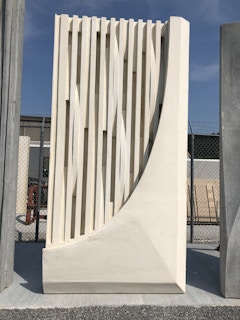BioFacades Classification
Coauthors: Mary Ben Bonham, Department of Architecture + Interior Design, Miami University, Oxford, OH, USA [corresponding] [presenting at the
Coauthors: Mary Ben Bonham, Department of Architecture + Interior Design, Miami University, Oxford, OH, USA [corresponding] [presenting at the

Welcome to this edition of the SKINS newsletter, which is all about carbon! As guest editor this month, I am representing FTI’s embodied carbon (EC) working group. This issue highlights several important topics relative to embodied and the trade-offs with operational carbon.

Welcome to this edition of the SKINS newsletter, which is all about carbon! As guest editor this month, I am representing FTI’s embodied carbon (EC) working group. This issue highlights several important topics relative to embodied and the trade-offs with operational carbon.

What environmental impact does one object have on the world? This is the question at the core of life cycle assessments (LCA); the embodied carbon lens. ...the current architectural practice rarely provides enough time to explore this type of examination.

Precast Concrete Enclosures is an elective course taught by Assistant Professor Pablo Moyano Fernandez at Washington University in St. Louis. The primary goal of the course is to enable students to envision and materialize full-scale building envelopes using precast concrete.